Interview: As Eternal Return Looks Forward, We Catch Up With Executive Producer Seunghoo Kim
Find out what brought MOBAs and battle royales together in one exciting game.
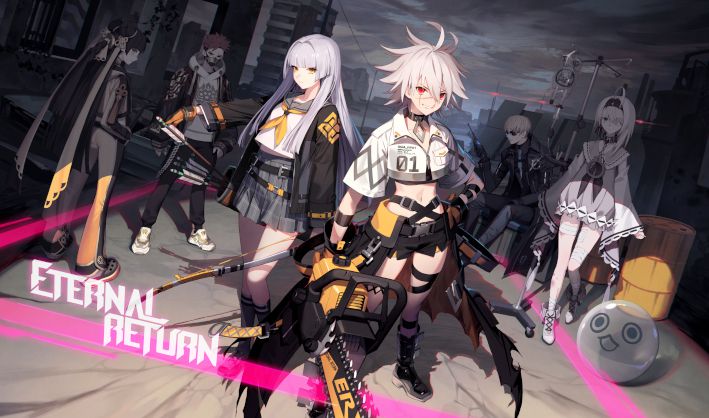
If you're not yet familiar with Kakao Games and Nimble Neuron’s Eternal Return, it's an interesting take on both MOBAs and battle royale games. It hasn’t been out nearly as long as many games in either of those genres – launching last October, but it’s still built up a pretty loyal player base, enough that the game's developers are planning to release it on consoles in the future.
With the eventual console launch already in development, it’s only natural that the developer is excited about it. With that in mind, we had the chance to speak with their team. MThe game’s Executive Producer, Seunghoo Kim, was nice enough to provide rather in-depth answers to all our questions. You can peruse them all below.
MMOBomb: Before we dive in, could you introduce yourself to our readers and tell us a bit about what your part in creating Eternal Return is?
Seunghoo Kim: Hello, my name is Seunghoo Kim, and I am the Executive Producer for the Eternal Return franchise at Nimble Neuron. I am responsible for all of the development, business, and IP expansion for Eternal Return. I will do my best to provide a great gaming experience and service through Eternal Return. I hope the readers out there can cheer and support Eternal Return, and I really look forward to communicating with the subscribers of MMOBomb!
MMOB: Eternal Return is described as a Battle Royale/MOBA/Survival game mix. What prompted the decision to blend these things together, and what did you take from each in order to make it work?
SK: I was very intrigued with the world and characters of the original Black Survival. While Black Survival is a battle royale that takes place on a 2D map, we thought bringing this concept to a 3D MOBA battle royale would make the game even more immersive. That's why we began developing the game.
We're currently developing the game so that the elements of crafting, fighting, and surviving are blended together well. We are continuously communicating with the community, and taking in feedback to determine how to develop the game.
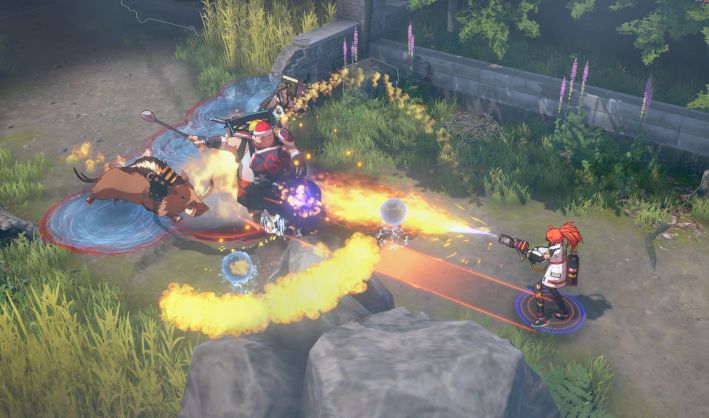
MMOB: What was the most difficult thing about bringing these genres together in one game?
SK: Since there are quite a lot of things the players need to learn, we faced quite a lot of difficulties in trying to provide a good experience in terms of UX. It's still an area that needs a lot of work, so we're planning on introducing more improvements to provide clearer information and a better experience in terms of the UI and UX.
Also, strategic PvP games require a great deal of information and strategies, which requires the help of our community. We're working hard to establish a good connection between the Eternal Return community and other players.
MMOB: Which games did you look to the most when conceptualizing Eternal Return? Did you look anywhere else? Movies? Anime?
SK: This may sound obvious, but we looked to the original Black Survival the most. The most challenging part was adapting the unique worldview into the game, and it still remains as the most difficult part. In terms of visualizing the game to fit the 3D MOBA battle royale genre, we looked to similar isometric MOBA games. (LoL, DOTA, HoS, etc.)
We faced many technical and artistic difficulties as we converted the original characters and background into a 3D format. During this process, we referred to many different game subcultures, movies, and animations. We're still looking into many different references in order to keep up with the trends, and we continue to improve the visual elements of the game.
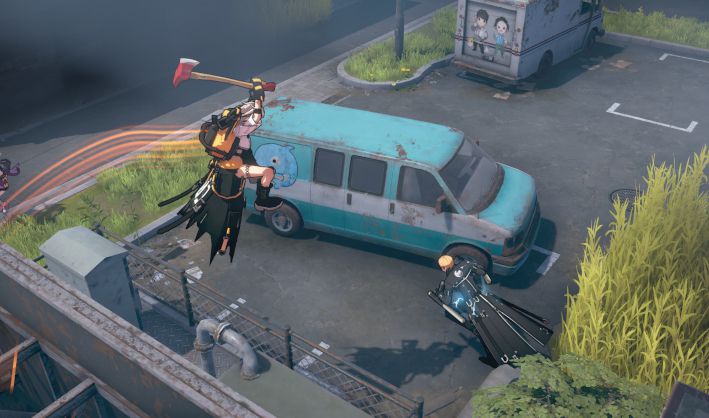
MMOB: What prompted the narrative involving AGLAIA and the experiments on humans? How did the story impact the game’s art style – if at all?
SK: We wanted to make a battle royale game, but we also had to figure out how to build a convincing story. We were not convinced by the motivations presented in well-known battle royale movies to host “survival games”. We believed that a strong motivation, such as a study towards rapid human evolution, was needed.
There are two contrasting areas in Eternal Return: Lumia Island, where test subjects of an experiment must fight in a game of survival, and a laboratory where researchers of AGLAIA oversee the experiment. For each area on Lumia Island, we created an old, run-down, and overgrown by nature type of atmosphere which is typical of the battle royale genre. In contrast, we placed the AGLAIA laboratory, representing evolution and ideals, at the center of the island. Thereby maximizing the visual contrast between the two areas.
MMOB: Most battle royales have a massive amount of people in them, and MOBAs are generally 5v5. So how did you settle on 18-player matches?
SK: We always get help from the community feedback. At first, it was a 15-player game, but then we increased it up to 18 players as we went through the Alpha test. Right now, the needs that players want for each individual mode have changed over the course of time, so we're considering reducing the number of players to 15 players for solo mode, and increasing the players to 21 players for squads.
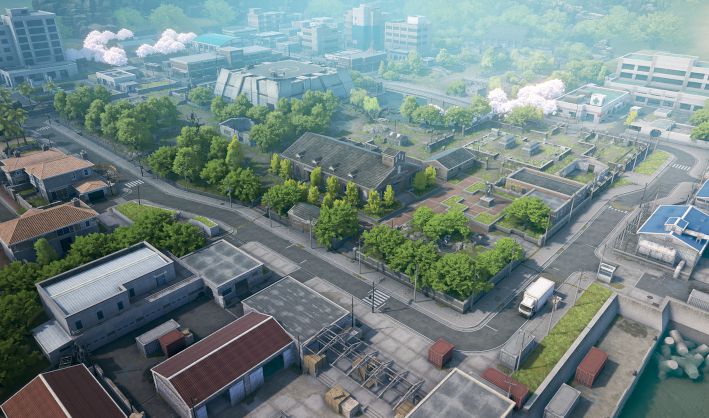
MMOB: Eternal Return has a very large roster of “Test Subjects”, nearly 50 by my count. How do you keep them all balanced for this type of game while still assuring each is unique?
SK: Balancing is always a difficult problem. We're collecting a wide range of statistics, but each mode requires different balancing, and the balance required also varies greatly depending on the level of gameplay. For example, certain test subjects are weak at high-rank gameplay but are strong in other ranks where the majority of the players are playing.
It also becomes a problem when they're too strong in certain segments of the game. Even the meaning of being 'too strong' differs depending on which segment we're looking at. Normally the number of kills or winning the match is important, but as you climb the ranks to higher elo, how easily the test subjects can earn rank points also becomes very important.
Keeping these in mind, we are making sure to continuously rotate the balance cycle through bi-weekly balance updates.
MMOB: Eternal Return has been in Early Access for about a year and a half now. From the outside, that seems like a fairly long time. Could you offer some insight into the EA process and why a game like Eternal Return might be in that stage for that long?
SK: The development culture at Nimble Neuron is not about getting a favorable outcome through marketing efforts backed by financial strength. It is about quickly delivering the game updates to players as soon as they’re ready and deciding whether or not the game is worth playing based on player feedback.
Steam's Early Access is a system in which player feedback can be received as quickly and as accurately as possible. Even before Early Access, we improved the game through the player feedback we received from several tests.
Though a completed game may be defined differently depending on the perspective, we want to continue to keep the game in Early Access to communicate with the players until we reach a quality that we feel proud of. Readers of MMOBomb can help us improve the game by playing it for free on Steam. Of course, we here at Nimble Neuron will continue to communicate with the players even after the game is officially released.
We'd like to thank Seunghoo Kim for spending some time with us!
Related Articles
About the Author

QuintLyn is a long-time lover of all things video game related will happily talk about them to anyone that will listen. She began writing about games for various gaming sites a little over ten years ago and has taken on various roles in the games community.
More Stories by QuintLyn BowersRead Next
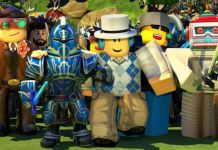
Grab all the free things you can.
You May Enjoy
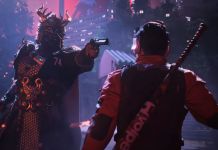
The update introduces a new China-inspired map, 8v8 mode, and more.
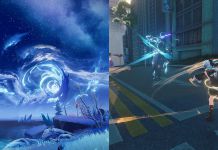
It’s going to be a full morning for fans of anime RPG games.

The test is available on PC and Android.
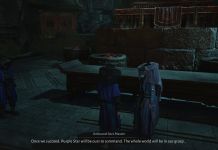
Causing chaos within an underground cult is always a good time.
Discussion (0)